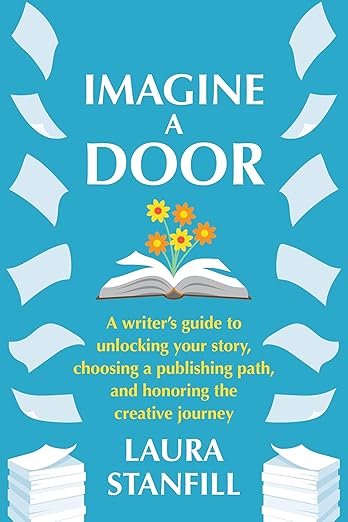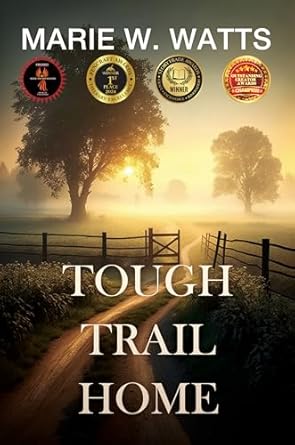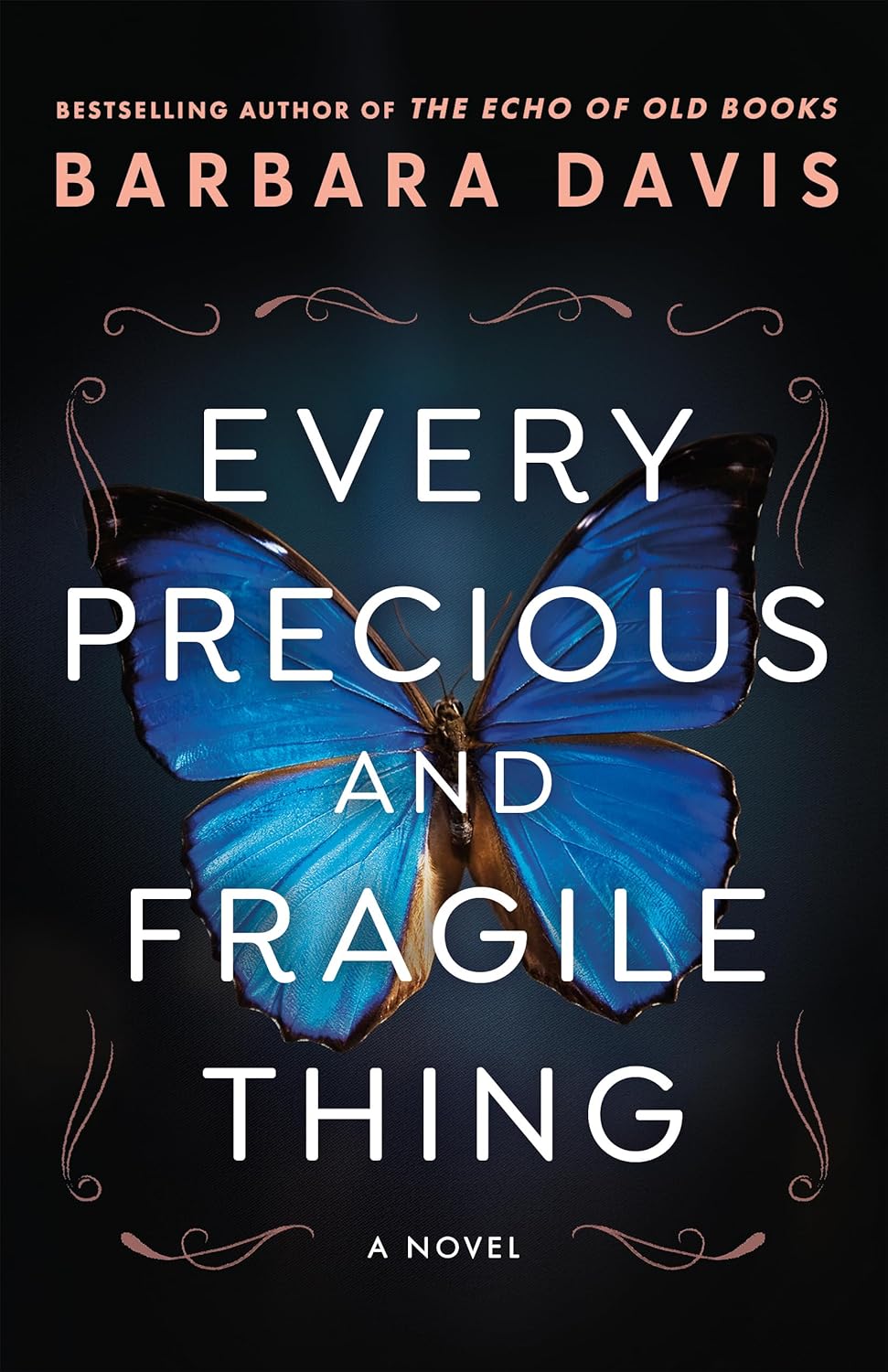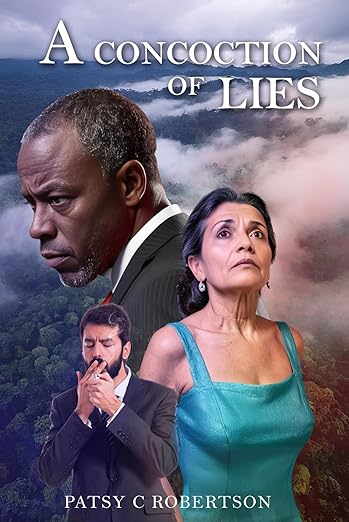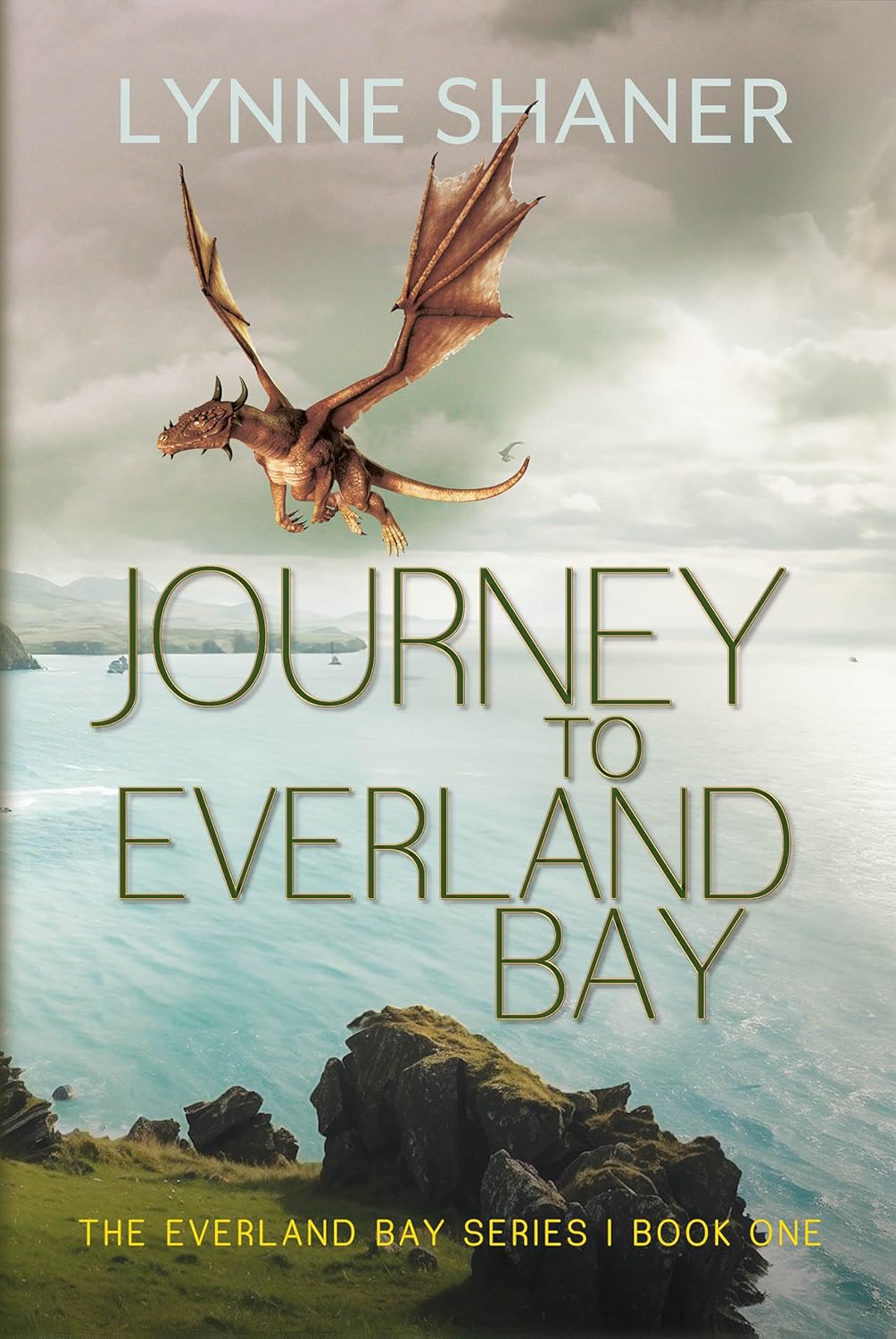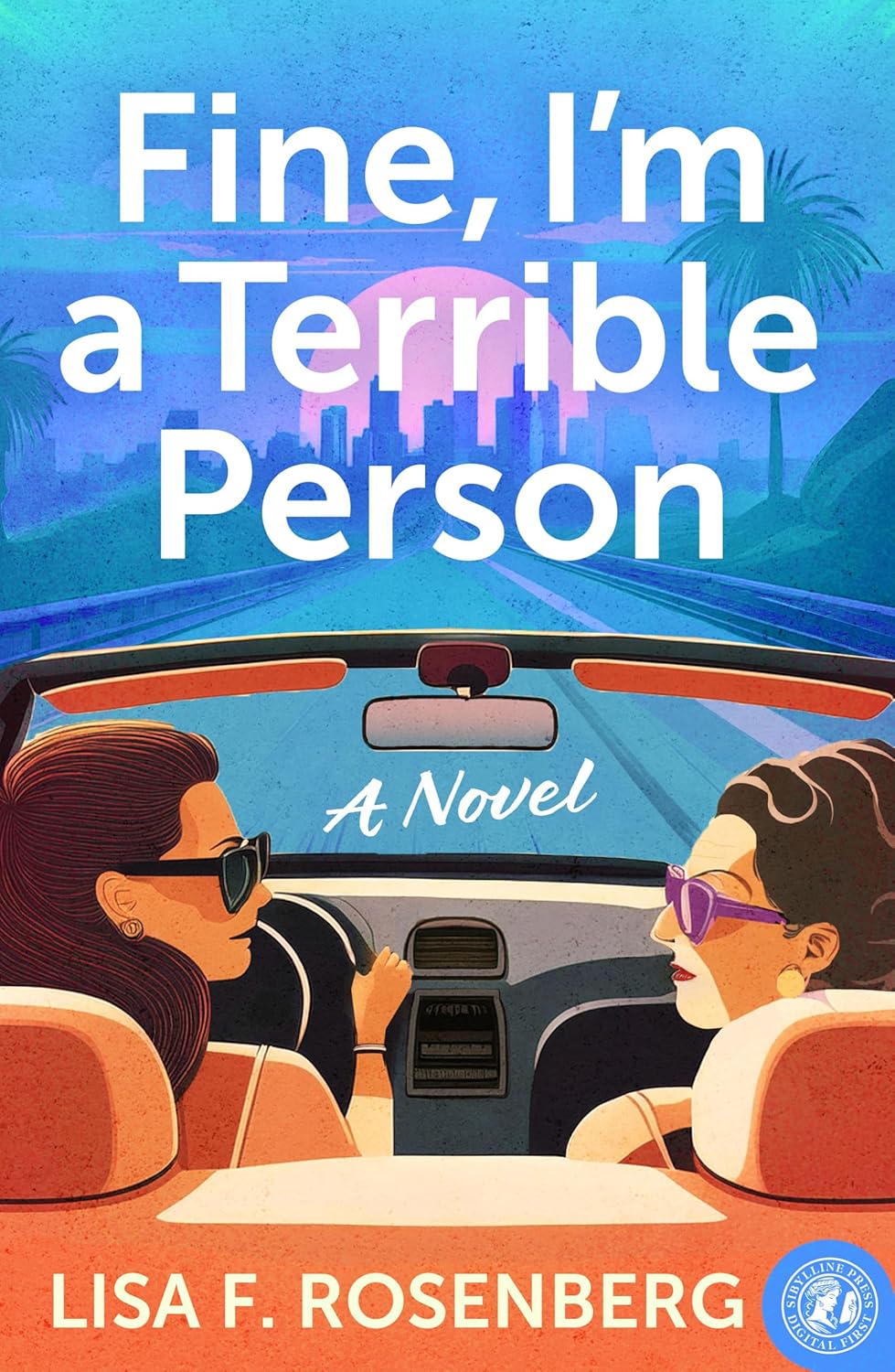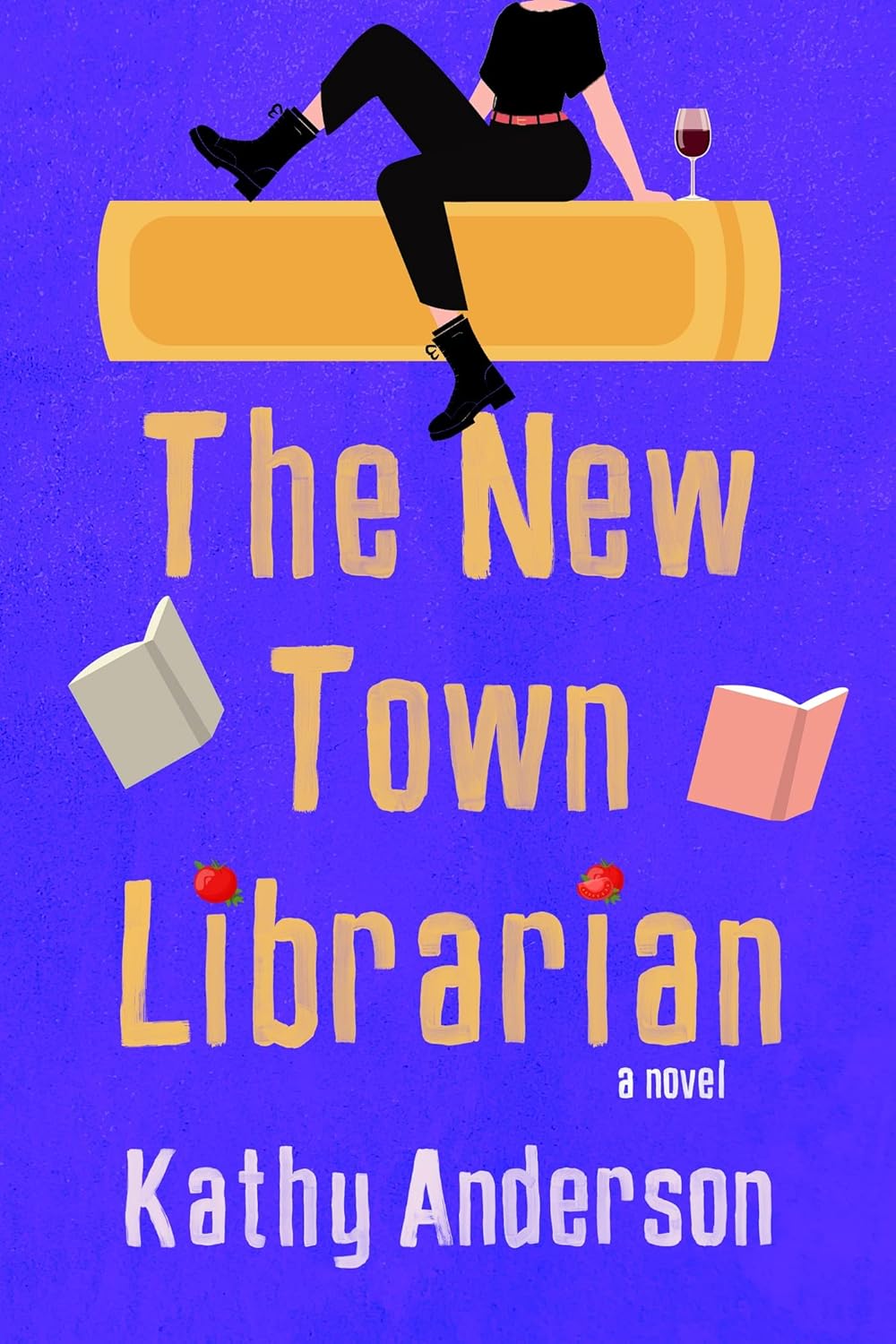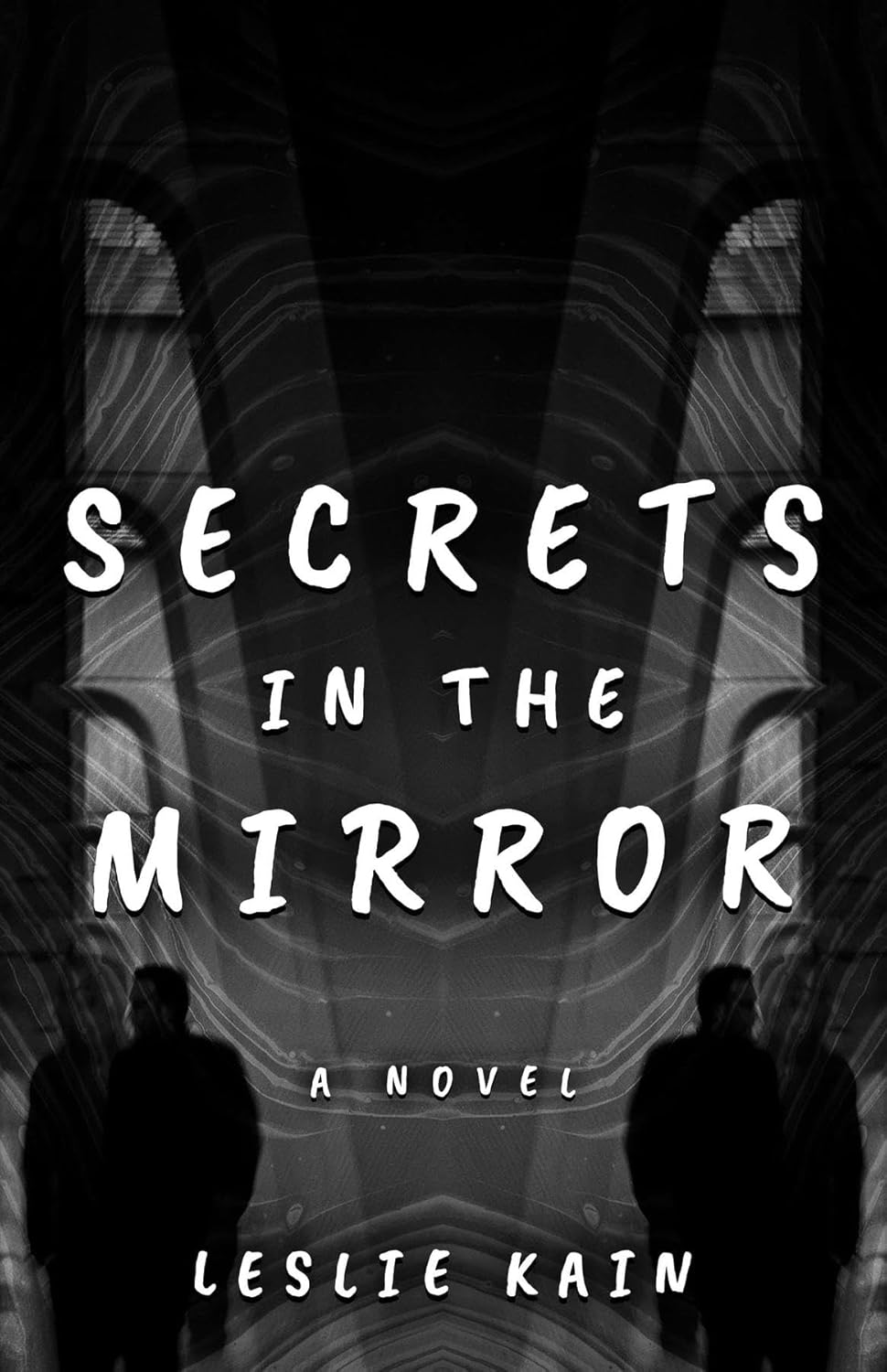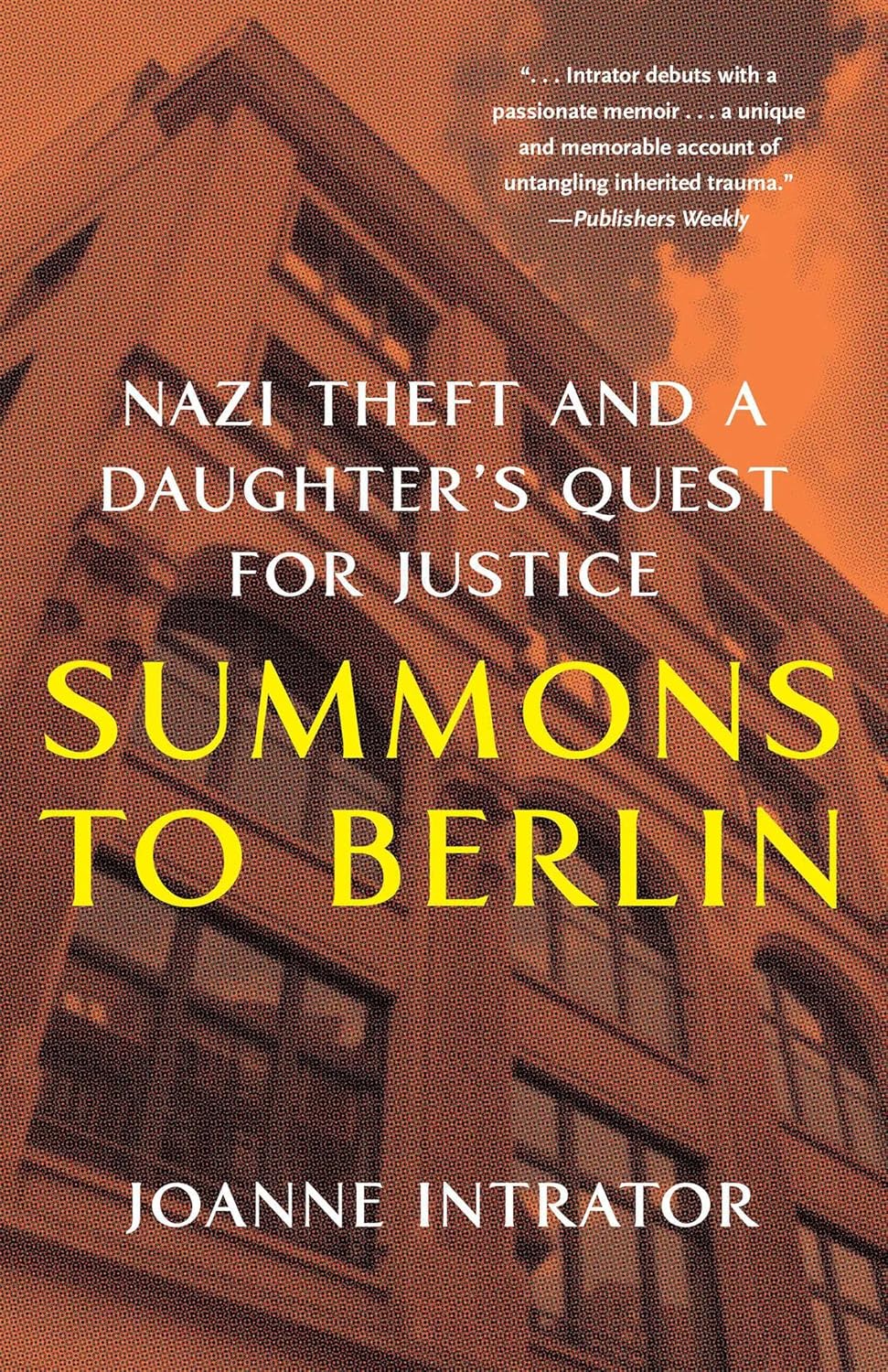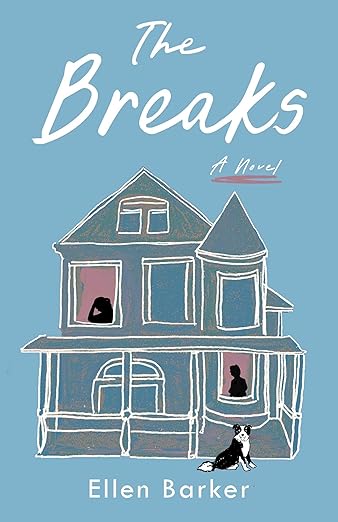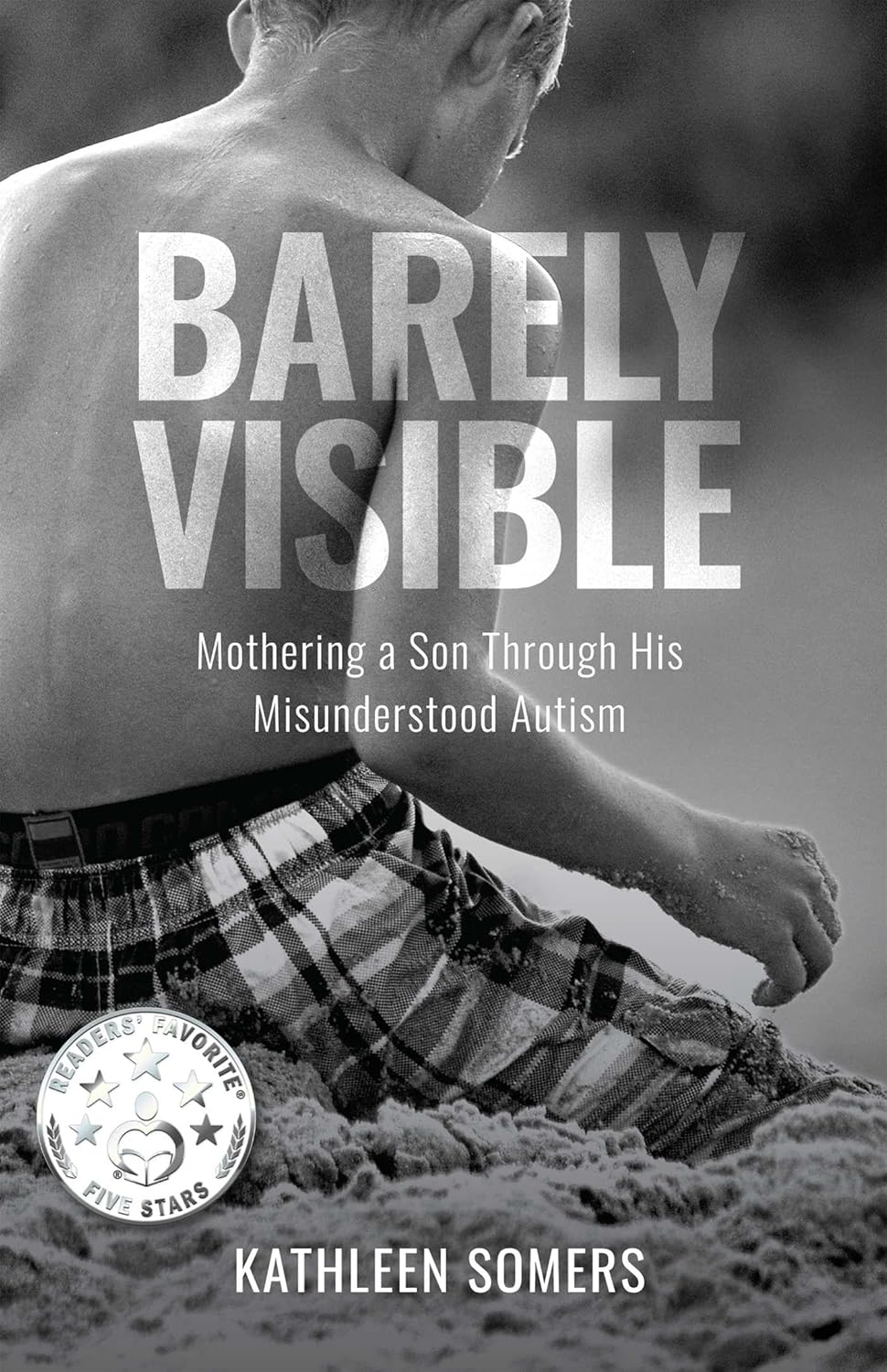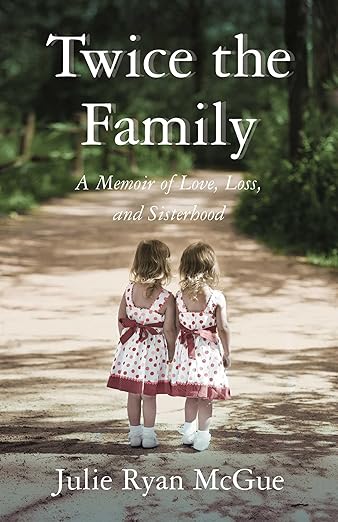Creating Heritage Fiction by Linda Ulleseit
Creating Heritage Fiction
by Linda Ulleseit
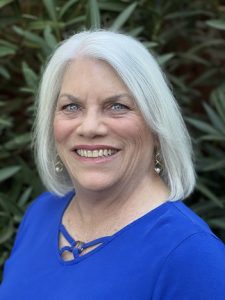 As its name implies, Heritage Fiction is about the author’s ancestors. When I was a child, my grandmother told me wonderful stories about my female ancestors. These personal anecdotes were more than just stories, though. They brought history to life. As Alex Haley says, “In every conceivable manner, the family is link to our past, bridge to our future.” It’s my task to pass these stories on to the next generation. When I decided to write a novel, though, those intriguing tales weren’t enough. I needed more information.
As its name implies, Heritage Fiction is about the author’s ancestors. When I was a child, my grandmother told me wonderful stories about my female ancestors. These personal anecdotes were more than just stories, though. They brought history to life. As Alex Haley says, “In every conceivable manner, the family is link to our past, bridge to our future.” It’s my task to pass these stories on to the next generation. When I decided to write a novel, though, those intriguing tales weren’t enough. I needed more information.
With my previous novels, I was lucky enough to have living relatives I could interview. I also searched through photographs, journals, and family papers. Personal items like this can provide important details about clothing, food, setting, and daily life. For my most recent novel, however, I couldn’t do that. The River Remembers was inspired by a genealogical record of an ancestor born at Fort Snelling in 1835. This inspired me because it seemed very early in the history of our country to have a family at a fort. I had to research it to find out what was happening in 1835.
It’s important to set your story in the greater world. Local, national, and even world events influence your characters’ actions and attitudes. In my research, I learned that Fort Snelling was a bustling place in 1835. Zachary Taylor commanded the fort, and Jefferson Davis was in his regiment. Taylor’s daughter, a bridesmaid at my ancestor’s wedding, eloped with Jefferson Davis. Harriet Robinson met and married Dred Scott at the fort that year. In addition to housing all these future household names, the fort was central to disputes with Native Americans, and it provided a base for traders like John Jacob Astor. Clearly, the story of the fort at this time was bigger than just the tale of my ancestor. I wanted to tell the stories of the Native Americans and the enslaved people living in a free territory, too.
As anyone who has done research knows, the historical record has a lot of gaps. The voices of women, especially Native American and Black women, are generally not preserved unless it is in relation to the men in their lives—their husbands or fathers. It was impossible for me to write any sort of biography or nonfiction piece. Instead, I decided to write a novel. That presented its own problems.
A novel needs a plot and a supporting cast of characters. It needs dialogue and depth. None of this can be found in research, but it is critical to the story. Novelists are accustomed to making it all up, but those who write heritage fiction have to be more careful. Instead of fictionalizing the entire story, we have to use fiction to bridge the gaps in the history.
Any fiction I add to my novels is based on historical research. For example, the recorded events that influence the plot are accurate, but sometimes the timeline needs to shift in order to make the story work. Nothing slows a novel down like ten years of filler between critical events. Research also can’t always tell you why a character did something or how they felt while doing it. Emotion must be inferred from the attitudes of the times and the relationships between the characters. It’s also important to realize that a novel needs higher highs and lower lows than real life. A novel is not a journal. Emotional reactions lead to character development, which provides the arc to the novel.
I have to be careful, though, not to imbue historical characters with modern ideas and attitudes. For example, in my novel The Aloha Spirit my Catholic protagonist had an abusive alcoholic husband. Readers asked why she didn’t divorce him, but that would not have occurred to a Catholic in 1940. In The River Remembers, I had the additional challenge of inferring attitudes in cultures not my own. I had women from those cultures read the manuscript, and they provided valuable input.
I believe that on the first page of a historical novel, the author makes a commitment to their readers that the story will be historically accurate wherever possible. To support that, authors of historical fiction provide Author Notes in the back of the book where they identify the fictionalized parts of the story. This is especially true with heritage fiction. I need to satisfy reader curiosity about the rest of the family tree and the background I didn’t have room for in the novel. As Geraldine Brooks says, “The thing that most attracts me to historical fiction is taking the factual record as far as it is known, using that as scaffolding, and then letting imagination build the structure that fills in those things we can never find out for sure.”
Something that initially held me back when writing heritage fiction was the reaction of relatives to the novel. In my Author Notes I write “inspired by” rather than “the story of” my ancestor. That reminds readers that as an author I write how I see the facts. I don’t write memoir or biography. It’s fiction. I also write to entertain. Truth may be stranger than fiction, but fiction is more fun to read.
—
Linda Ulleseit writes heritage fiction. She believes in the unspoken power of women living ordinary lives. Her novel Under the Almond Trees (2014), set in pioneer California, was a finalist in the 2013 Faulkner-Wisdom Creative Writing Contest. The Aloha Spirit (2020 She Writes Press), set in territorial Hawaii, was a bronze medal winner in the Independent Publisher Book Awards, and a Grand Prize winner at the 2020 Chanticleer International Book Awards. The River Remembers (2023 She Writes Press), follows a white settler, a Dakota chief’s daughter, and a Black slave, all real people, who lived at or near Fort Snelling in 1835. It has already won a bronze medal for Historical Fiction from the Independent Book Publishers Awards, and was a finalist in Multicultural Fiction in the Next Generation Indie Book Awards.
THE RIVER REMEMBERS
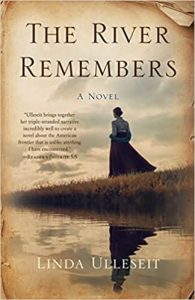 Samantha Lockwood, Day Sets, and Harriet Robinson come to Fort Snelling from very different backgrounds. It’s 1835 and the world is changing, fast, and they are all struggling to keep up. After she refuses another suitor he’s chosen for her, Samantha’s father banishes her to live in the territory with her brother. He, too, tries to take over her marriage plans—but she is determined to find her own husband, even when her choices go awry.
Samantha Lockwood, Day Sets, and Harriet Robinson come to Fort Snelling from very different backgrounds. It’s 1835 and the world is changing, fast, and they are all struggling to keep up. After she refuses another suitor he’s chosen for her, Samantha’s father banishes her to live in the territory with her brother. He, too, tries to take over her marriage plans—but she is determined to find her own husband, even when her choices go awry.
Day Sets demands that her white husband create a school to educate their daughter, supporting her father’s belief that his people must learn the ways of the white man in order to ensure the tribe’s future. Until events prove her father wrong.
Harriet’s life in the territory is more like that of a free person than anywhere she’s lived. She even falls in love with Dred Scott and dreams of a life with him. But they are both enslaved, and she keeps being reminded of how little control she has over her own fate.
As their cultures collide, each of these three women must find a way to direct her own future and leave a legacy for her children.
BUY HERE
Category: On Writing




